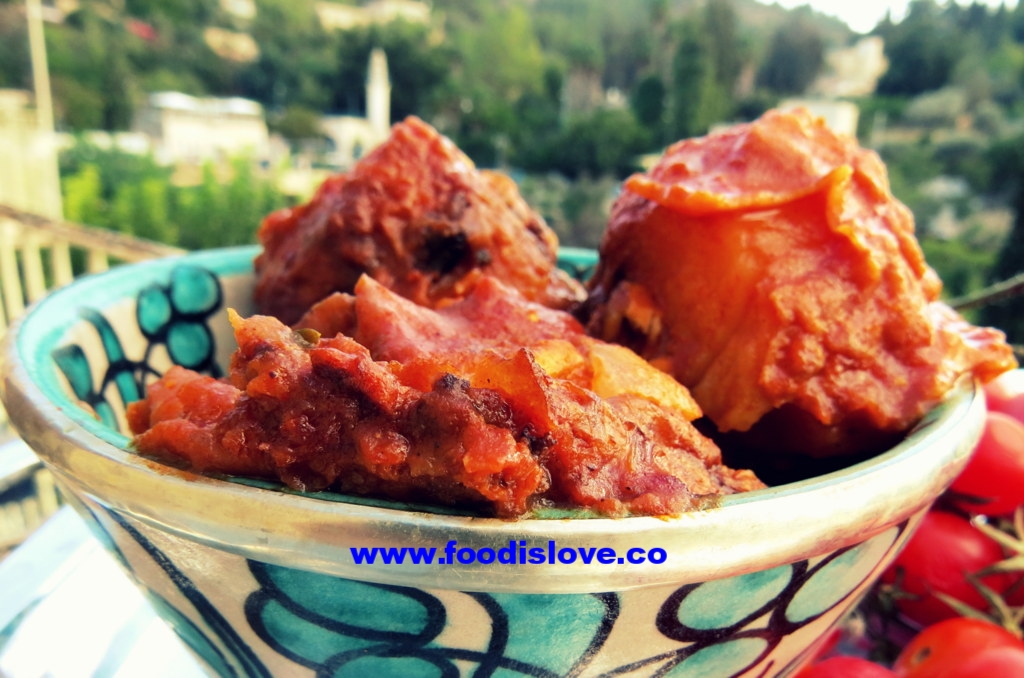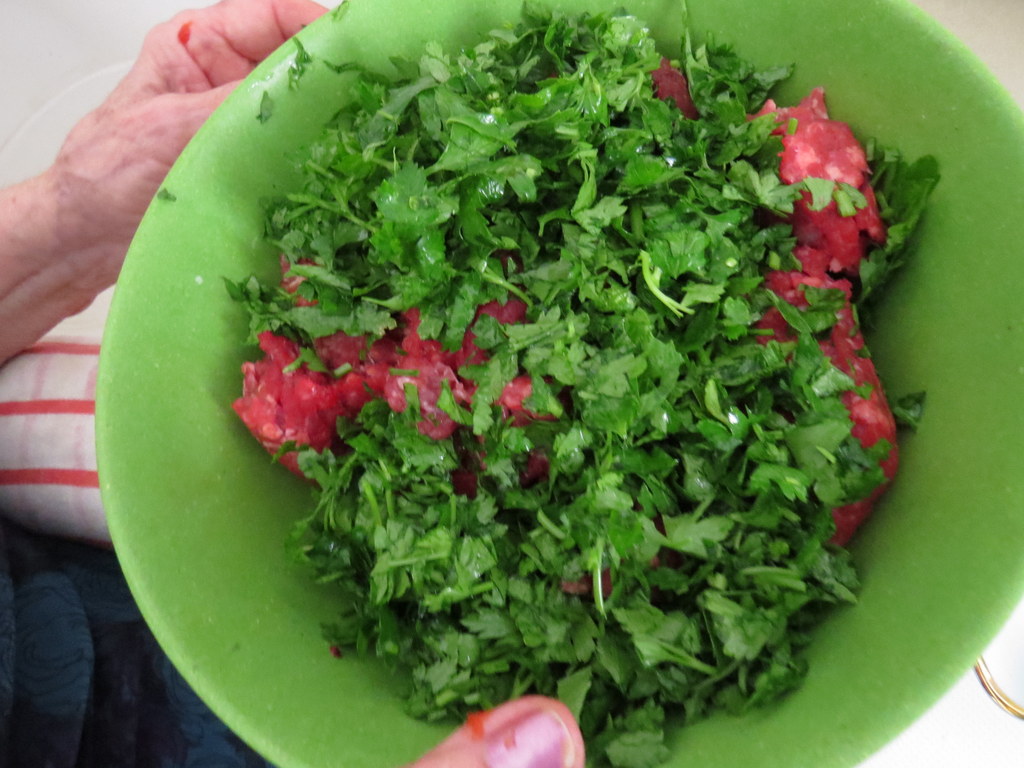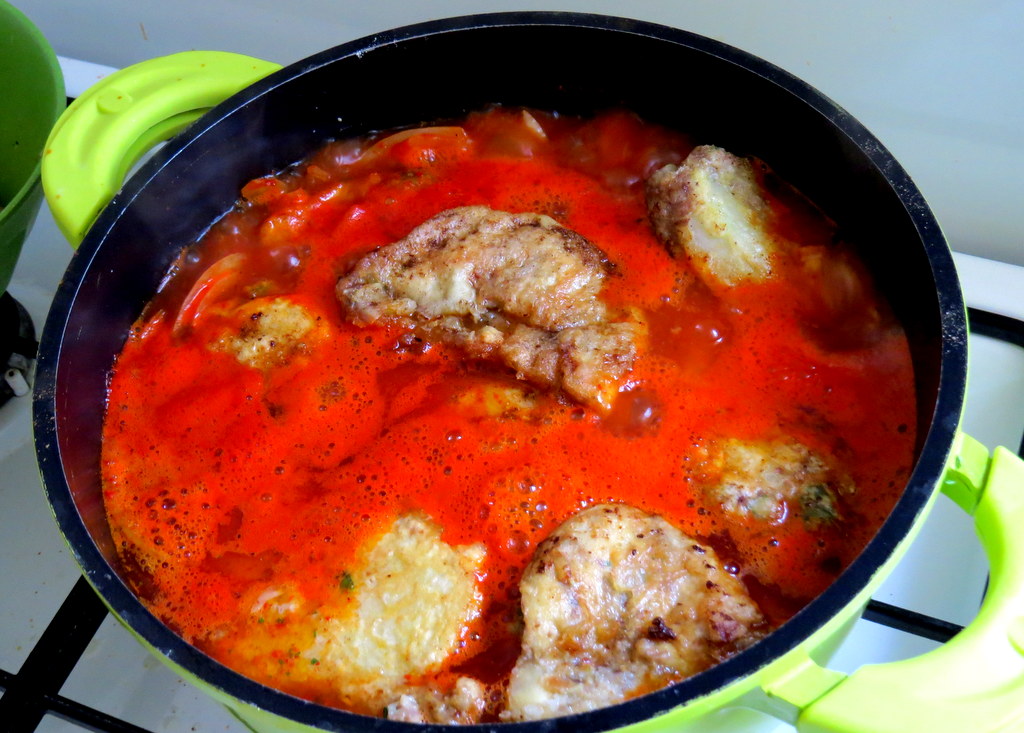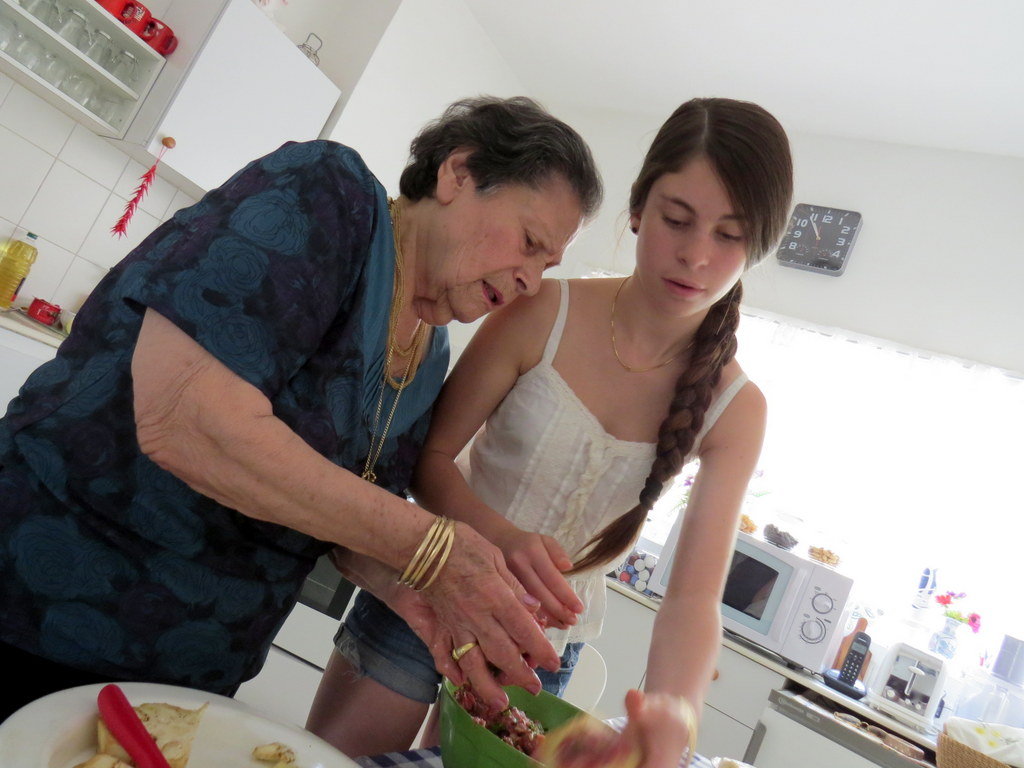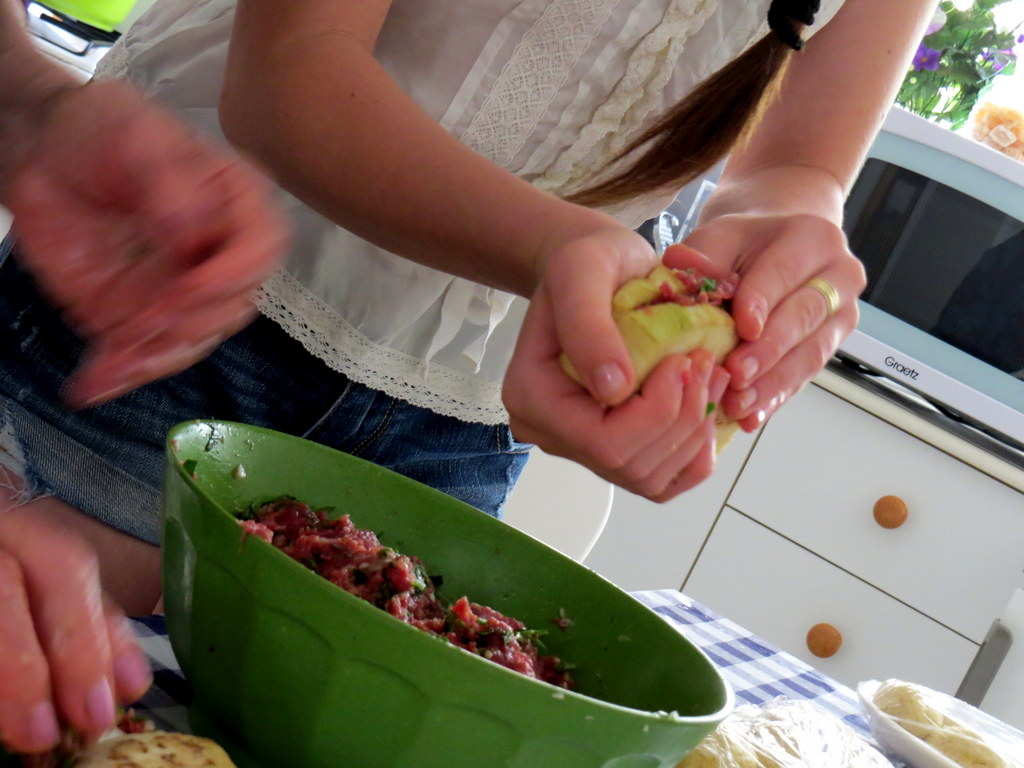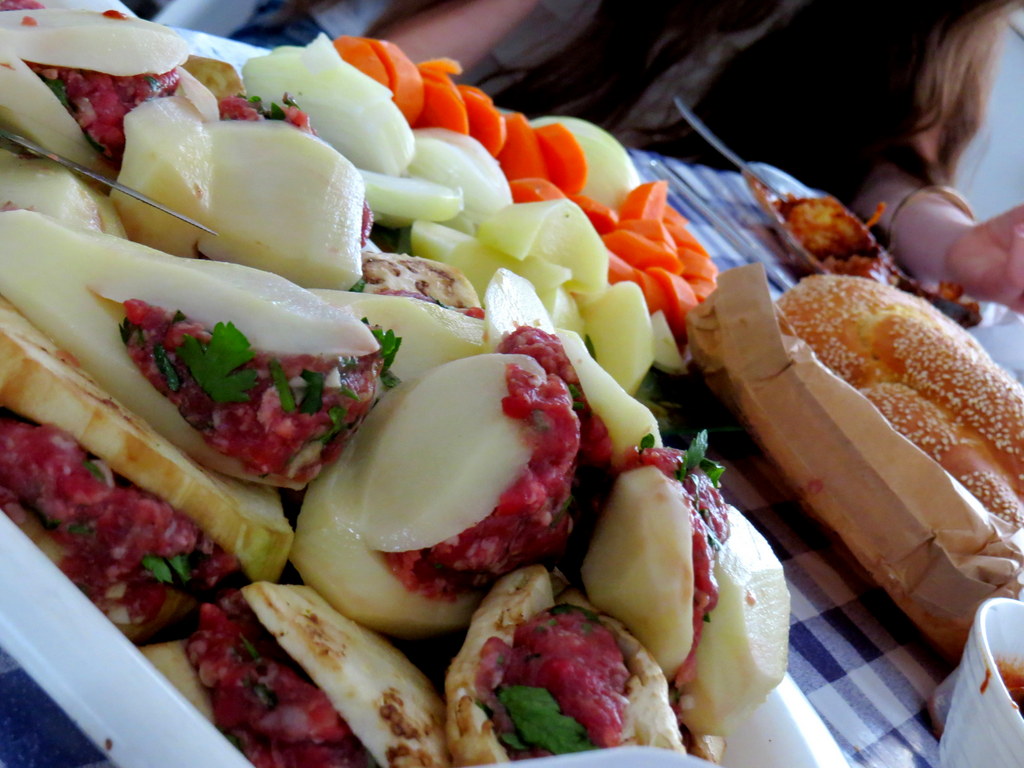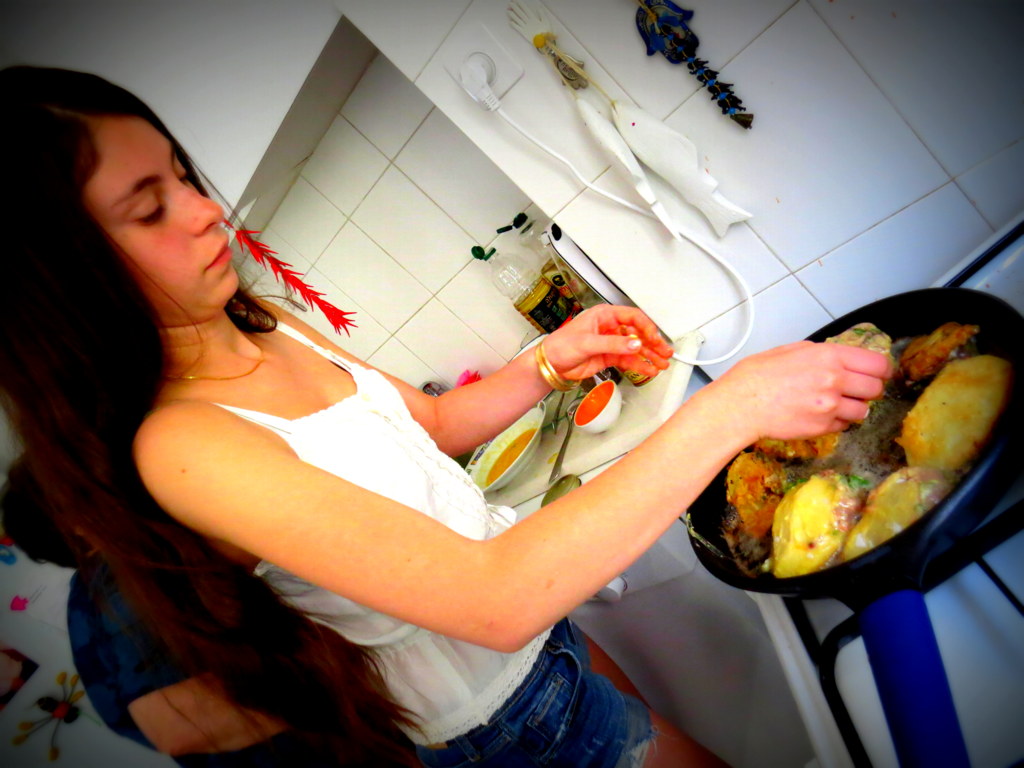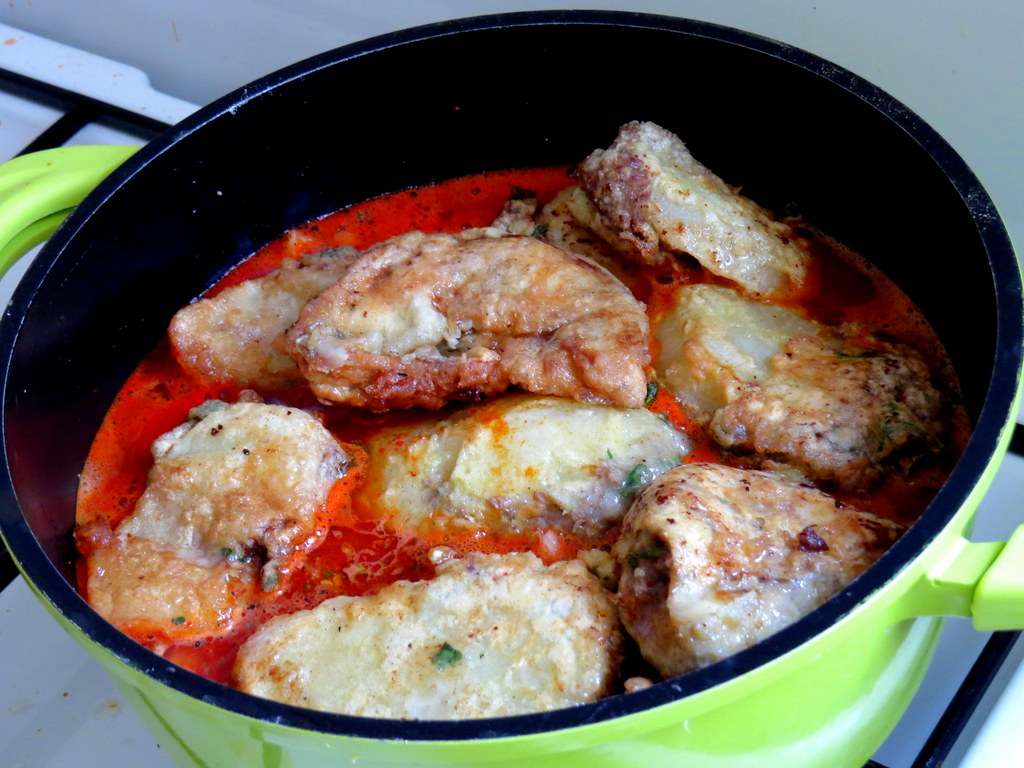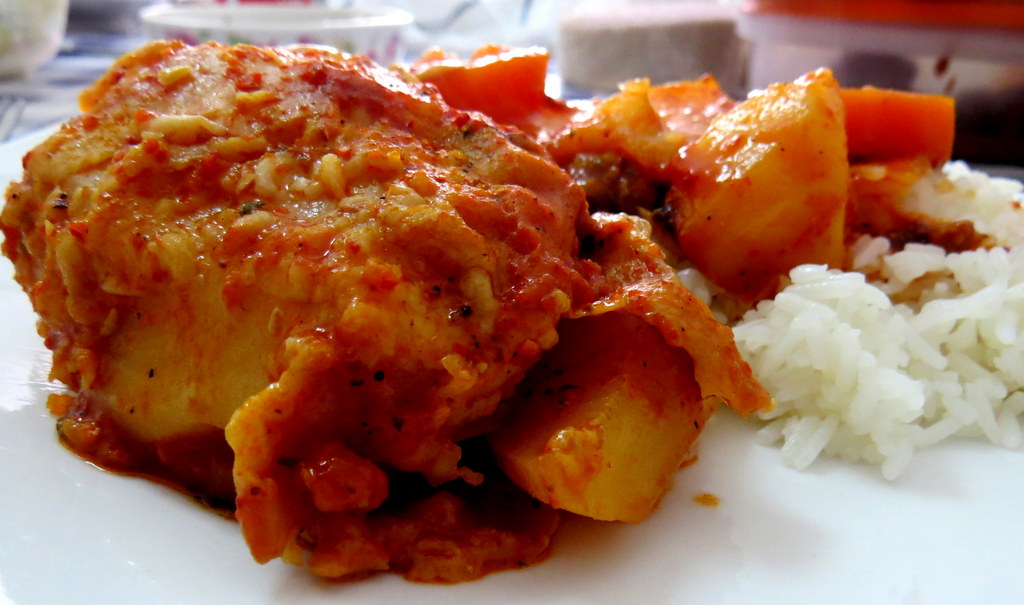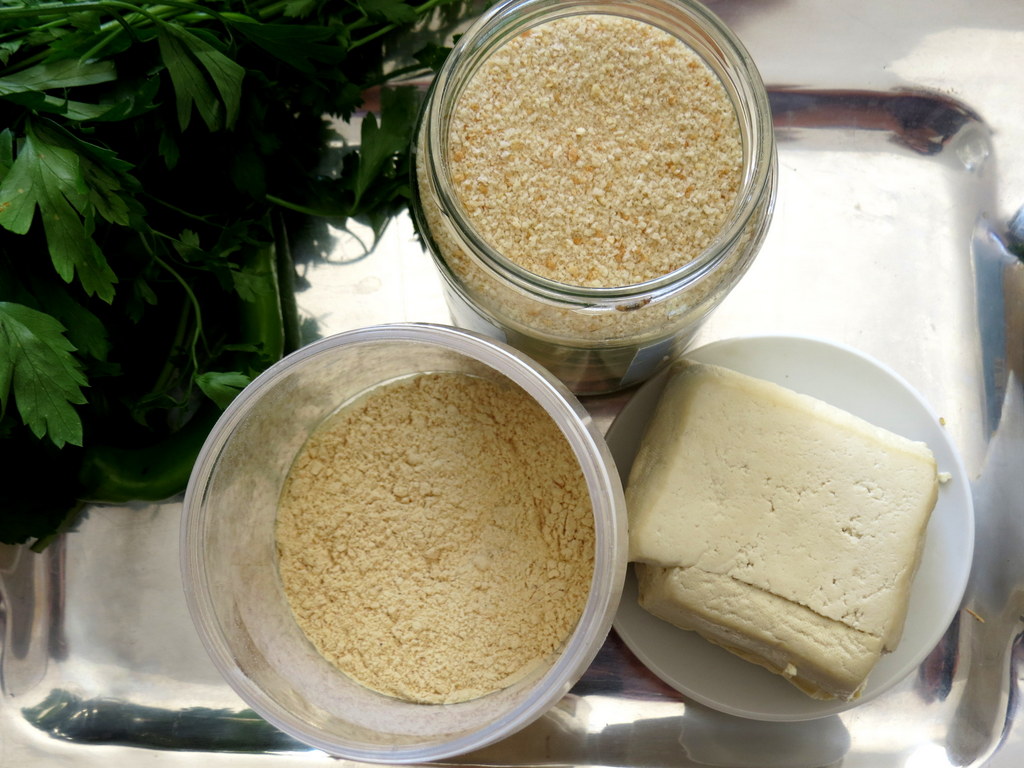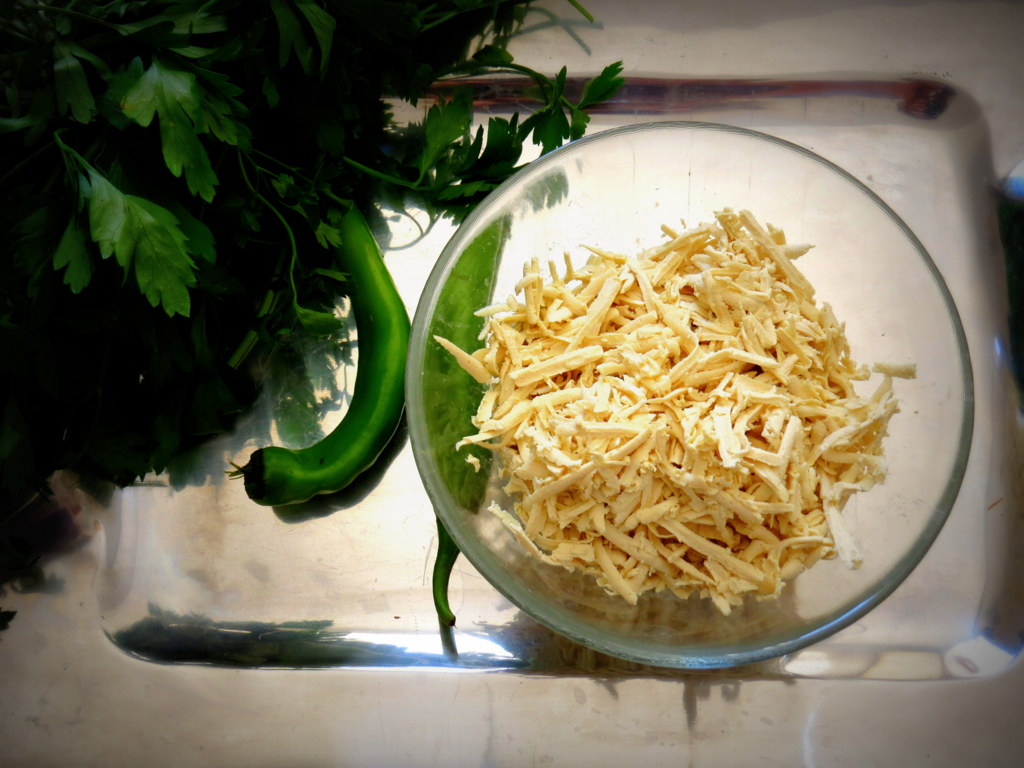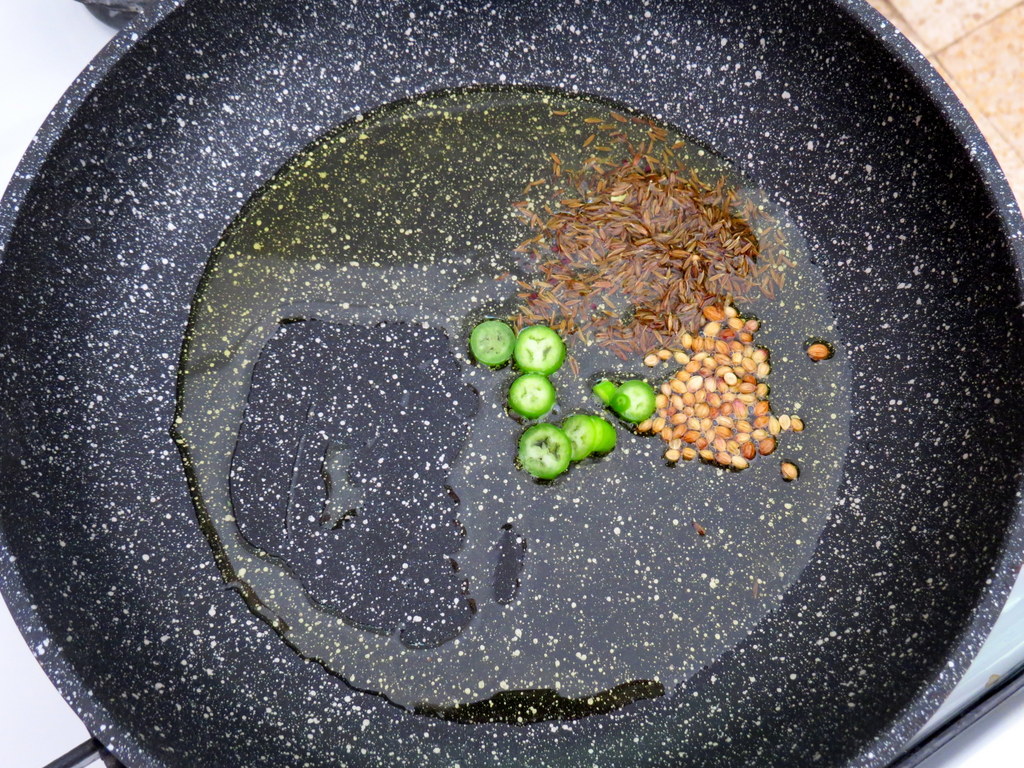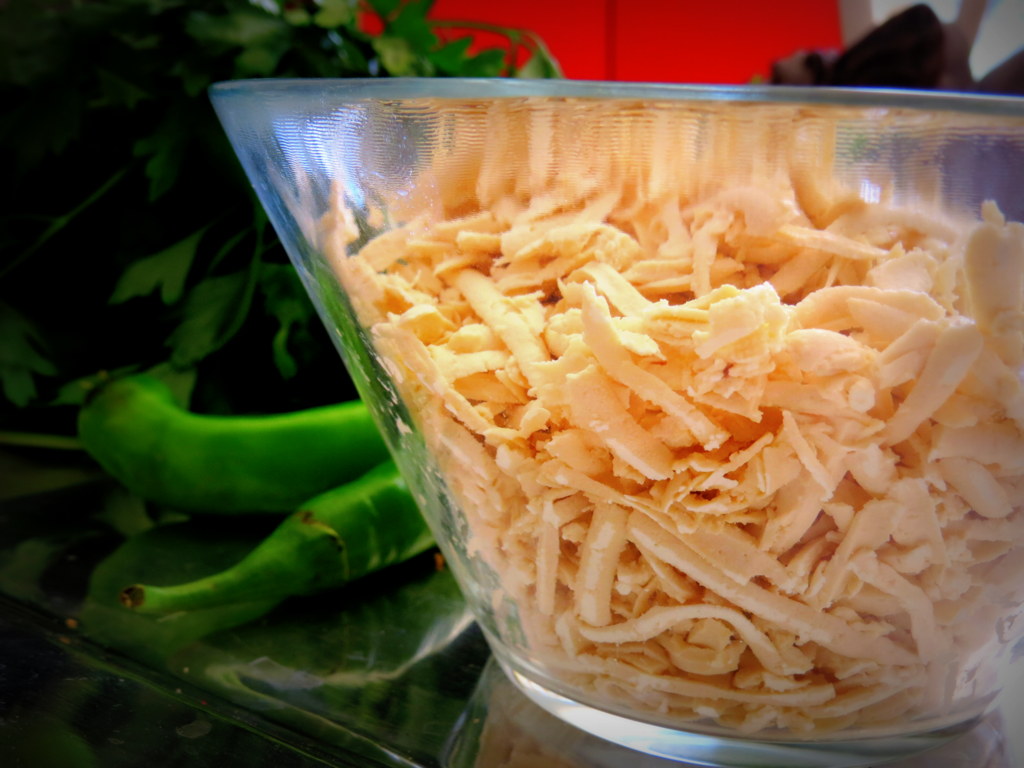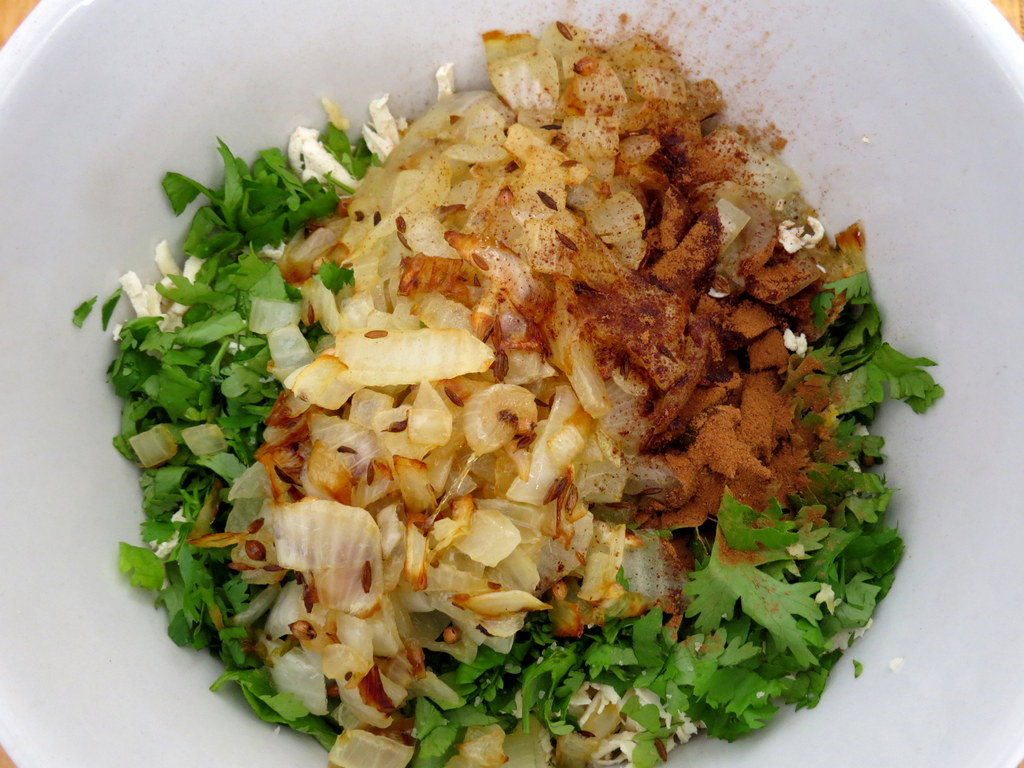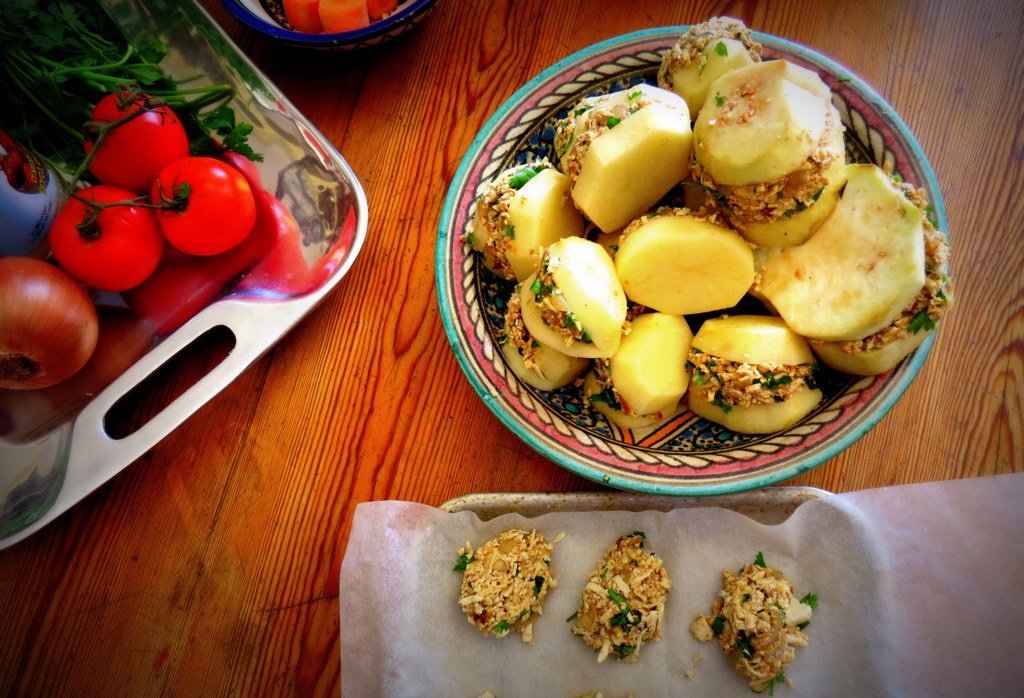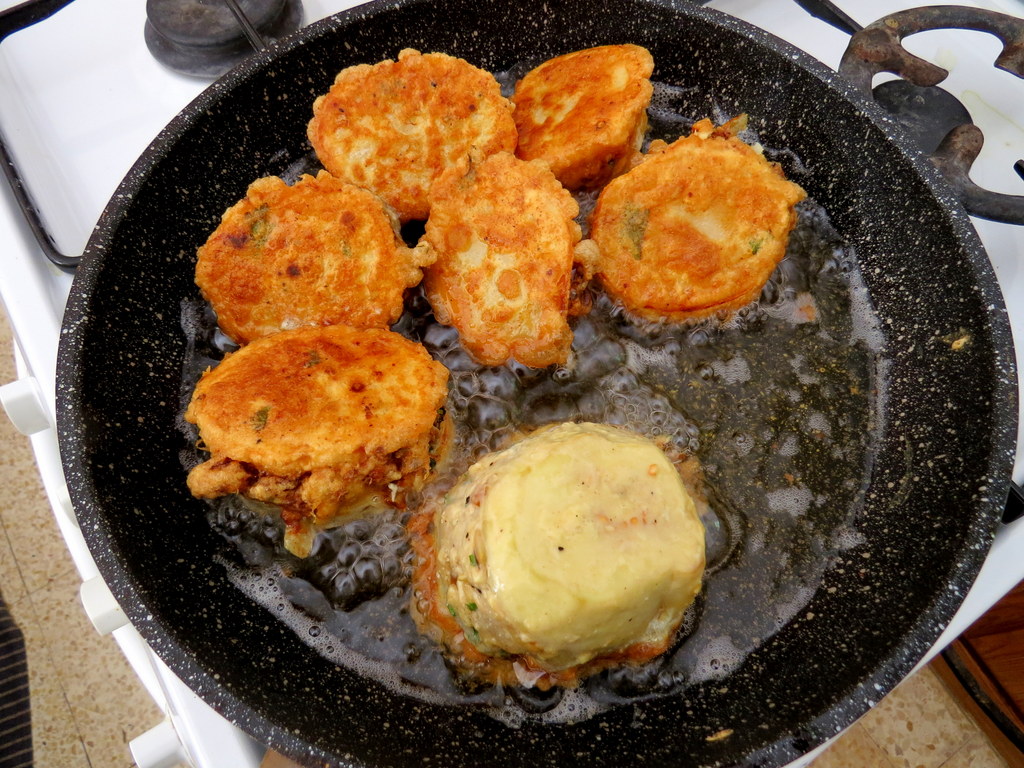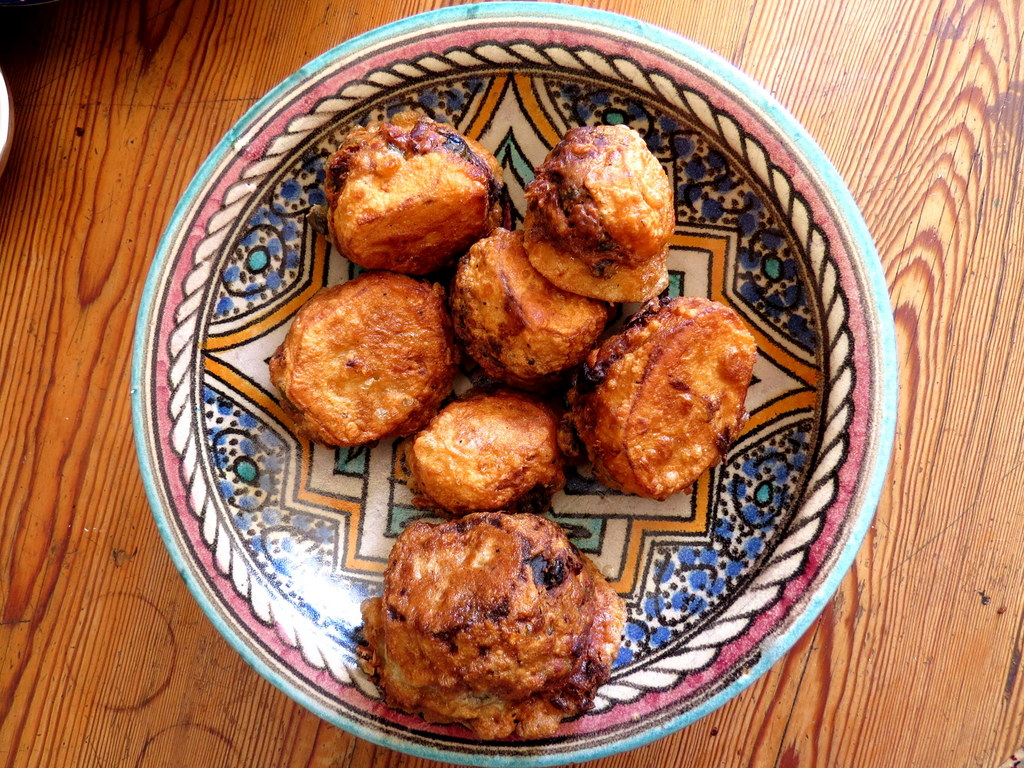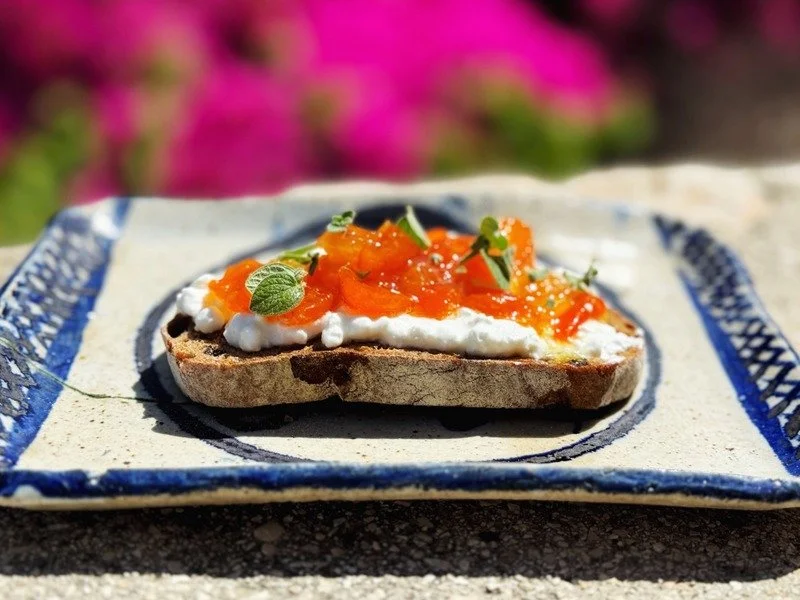SPANISH LEGACY
Am so enjoying this Spanish Jewish food theme, which continues with a dish popular in different versions in Greece and Libya, countries where the Jews of Spain ended up after the expulsion of 1492.
Vegetables are stuffed with meat, fried into parcels, and then stewed to produce a dish that is both tasty and thrifty. You stretch a quarter of a kilo of meat a long way, so it feeds a lot of people for a Friday night or festive meal.
In Libya, they use eggplant and potatoes and stew in a tomato sauce; in Greece they use cauliflower and stew in a lemon sauce. Both are delicious and same same but different - you can see they have a single origin, though have developed differently over time.
This week we are starting with the Libyan version mafrum; we will make the Greek version next week – and are trialling tofu fillings for both!
Now that's what I call a bunch of parsley - from the Jerusalem markets
MAFRUM
Mafrum is probably the dish most associated with the North African Jewish grandmother in Israel.
Am writing this while the TV is on, with a show on Israeli foodies, and 2 stories catch my ear/eye. One is about a woman who was the first foodista from the Ultra-Orthodox (Haredi) Jewish community. She takes credit for bringing fresh herbs into Haredi kitchens in Israel. She goes to Michelin restaurants, and drives herself and the chefs crazy. She orders, pays and only LOOKS AT THE FOOD, sniffing it and poking it, but never eating it... because it's not kosher.
The other story I liked was about this OCD young el Bulli style deconstructionist chef, who works at home perfecting foams, essences and powders, using all kinds of machines - you know how they do - while his grandmother who lives next door, cooks her traditional food in her very different kitchen. They are partners in crime, though he in his high tech kingdom, and she at her ancient simple stove, "making mafrum," as he puts it.
Rina Mevorach
Mafrum is one of the specialities of Food is Love grandmother Rina Mevorach.
Rina Mevorach and her grand-daughter Enelle
In her Jerusalem kitchen she teaches her grand-daughter Enelle to make these meat stuffed potato and eggplants parcels, passing on the tastes and flavours from her original home in Tripoli in Libya. (You can read more of Rina's story, including how she survived WWII when the Nazis reached Libya, here.)
Rita tells Enelle family stories, and supervises her with an eagle eye, correcting any mistakes. She's blunt about why her grand-daughter must learn how to prepare these dishes properly.
“I told her, you have to learn how to make these recipes, because one day I won’t be here any more, and you have to make them for your father.”
It’s interesting how cooking for her son is a task Rina passes down to his only daughter, her grand-daughter, almost as a “holy duty.”
It has to be just right!
COOKING FROM MEMORY
Rina doesn’t have a cook book, and reading is not easy for her. Mostly she cooks from memory.
“I have to put my glasses on to check the recipes. I can’t be bothered with that. Instead, I cook from memory, and by taste. I’m told that’s also good for fighting memory loss,” Rina laughs. “I never forget these recipes!”
Rina Mevorach’s life has not been easy. Perhaps that’s why she devotes time and effort to producing tasty meals which require a number of steps – rolling, stuffing, frying and then stewing. She is used to hard work.
“Mafrum is work,” she says of the stuffed aubergines and potatoes we are preparing today.
“If you want to eat, you have to work.”
Mafrum
Potatoes and egpplant stuffed with meat and stewed in a rich tomato sauce.
Serves 4
filling
In a large bowl mix:
- 250 g/ 8 oz mince meat – beef or lamb, or a combination
- 1 onion and 2 large garlic cloves, chopped together, in a food processor. This is how Rina does it, but she says it tastes better when you chop by hand!
- ½ cup flat-leaf parsley, chopped
- 1 egg
- 1 tablespoon oil
- Spices:
- ½ teaspoon black pepper
- ½ teaspoon cinnamon
- 3/4 teaspoon soup powder (or 3/4 teaspoon salt)
vegetables for stuffing
- 5 potatoes, washed and peeled
- 1 medium eggplant, peeled and cut into fat chunks.
You want the veges about 2 inches/5cm thick so that you can divide them and stuff meat in the middle.
After you cut the potatoes lengthways into 2 inch / 5 cm slices, cut each slice almost in half, so that it hangs together at the end, leaving you room to stuff meat in the centre. In the end you have what looks like a potato sandwhich. Repeat the same process with the eggplants slices.
FRYING
- Flour for dipping
- 1 egg
- Salt and pepper
For gluten free cooks, or at Passover, for this step you can use non-wheat flours, including cornflour.
Prepare one bowl with flour, and another with an egg wash, made by beating the egg with a fork, and adding salt and pepper. When all the vegetable parcels stuffed with meat are ready, dredge them in flour. Dip the flour dredged parcels in the egg, and fry in deep oil, so that the outside is sealed and the oil is not absorbed. When they are brown, but not cooked through, remove from the oil, and lay on paper towels.
NOTE: You can prepare the mafrum to this stage, then put the vegetable rissoles in the fridge for 24 - 48 hours till you are ready to complete the dish. You can also freeze them at this point.
STEW
- 1 onion, chopped
- 1 large potato, chopped thickly
- 2 carrots, sliced
- 3 garlic cloves
- 1 small container tomato paste
- 1 tablespoon oil
- Spices:
- 1 tablespoon chicken soup powder, or 2 chicken stock cubes
- 1 tablespoon sweet paprika
- ½ teaspoon cinnamon
You will need a large pot, as it will have to fit the parcels, plus the additional vegetables which are part of the tomato stew.
Put the stew ingredients into this pot. Heat together over a medium flame, till just combined, then lay the mafrum on top. Cover with boiling water. Allow the sauce come to the boil, then lower the heat and stew for 90 minutes. If the sauce gets too thick, just keep adding water. Serve with rice or another grain.
Vegetarian Mafrum
Grandma Rina has never made a vegetarian version, but she's open to it now, aged almost 90, since she has 2 vego and one vegan grandchild. She thinks tofu would be good, but she cautions us not to forget the spices! Wise words, since tofu left to itself is boring - egg white anyone? - but it's a good source of protein and works well when it absorbs stronger tastes around it.
This filling is a work in progress, which I am trying to get just right, along with Rina’s daughter in law Michele.
We are adapting a very tasty (vegan) recipe for tofu rissoles. It produces a mix which is a bit dry, so not ideal for stuffing. When we try the cauliflower version next week we will try half ordinary tofu and half silken tofu and let you know how we go. Watch this space!
Tofu filling
- 1 onion chopped
- I teaspoon coriander seeds
- 1 teaspoon cumin seeds
- Fresh chilli – to taste
- 200 gram block of tofu
- 1 garlic clove chopped
- 3 spoons olive oil
- 3 rounded tablespoons chickpea flour
- 1/4 cup coriander leaves, chopped
- ½ teaspoon cinnamon
- ½ teaspoon ground cumin
- salt and pepper
- ¼ cup warm water- can flavour it with miso or soup powder if you wish;
Method
1. Fry chilli and spices for 30 seconds, add onion and fry till transparent.
2. While onions are cooking, grate the tofu on the large side of a box grater. Add fried spicy onions to the grated tofu when they are ready – and then all other ingredients. If you need more water, keep adding it. You are aiming for a mixture wet enough to use as a filling, something like the consistency of minced meat.
Once it’s a consistency you can work with, simply substitute this as a filling in place of the minced meat in Grandma Rina’s recipe above. Shape any left over tofu mix into rissoles and pop into the stew.
STEW
I had tomatoes that needed cooking, so I made a fresh tomato sauce for the stew, adding potato carrot and paprika as in Rina’s recipe, but omitting the tomato paste and the soup powder.
When the ingredients have coalesced into a sauce, lay the mafrum packages over it, add boiling water and proceed as in the meat recipe above.
VERDICT
This was time consuming, but not difficult. I imagine that it’s meant to be done in a group, mothers, aunts, sisters, stuffing, filling and frying together.
The meat version is tastier than the tofu one - so far at least! Will be working on that next, when we make the Greek version of this dish.
But the whole process produces a wonderful meal, so home-made and nourishing, the kind of thing only a grandmother would make for you, and so fulfilling as a result. You taste the effort, and the love – and the tofu, which will only improve with time!
Also v happy to see quinces appearing in the Jerusalem markets, as they featured in the Spanish Jewish desserts, so will get going with them too. When we’ve finished with the Greek cauliflower parcels. So many grandmothers, so little time :-)


